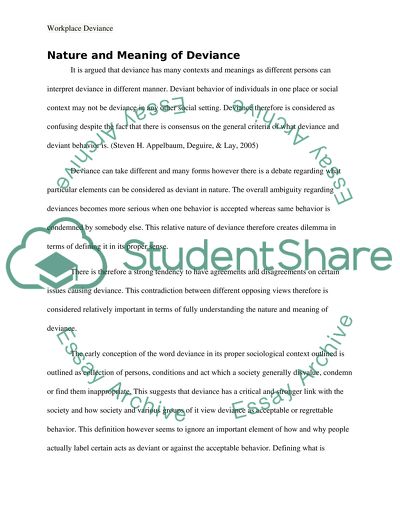Cite this document
(“Workplace Deviance Research Paper Example | Topics and Well Written Essays - 2500 words”, n.d.)
Retrieved from https://studentshare.org/sociology/1399264-workplace-deviance
Retrieved from https://studentshare.org/sociology/1399264-workplace-deviance
(Workplace Deviance Research Paper Example | Topics and Well Written Essays - 2500 Words)
https://studentshare.org/sociology/1399264-workplace-deviance.
https://studentshare.org/sociology/1399264-workplace-deviance.
“Workplace Deviance Research Paper Example | Topics and Well Written Essays - 2500 Words”, n.d. https://studentshare.org/sociology/1399264-workplace-deviance.


